The Aesthetics of Big Tech
The San Francisco Bay Area is synonymous with leading edge technology and innovation. Many of the biggest and wealthiest tech giants have huge
The San Francisco Bay Area is synonymous with leading edge technology and innovation. Many of the biggest and wealthiest tech giants have huge
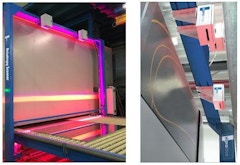
Architects and facade planners require that anisotropies or haze, optical phenomena disturbing the clear appearance of a glass, have to be avoided

Iridescence effects, quench marks, leopard marks… The names given to optical anisotropy in toughened and heat-strengthened glass are diverse and

Projecting imagery onto building facades is not only becoming a marketing necessity for successful urban spectacles but is also altering social urban

Tokyo’s prestigious Ginza District, is home to innovative architectural design. One of the most recent examples is Ginza Six (GSIX), the largest

This paper will address the potential of ornamental architectural terracotta surfaces to mitigate the effects of climate fluctuations that will

This paper examines two profoundly different design approaches: one, herein called ‘autonomous’, where the building’s design is governed by internal
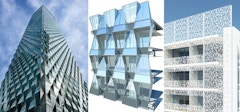
Facade design is a key component of architectural expression, and increasingly a key design consideration due to growing importance of factors like:
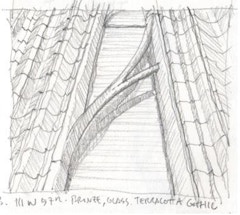
The conventional modern facade is essentially flat, which creates the tendency toward visual monotony and problems for modulating daylight—both on

This paper provides an overview of a course focusing on the façade as taught to architecture students over a twenty-year period. The need for this
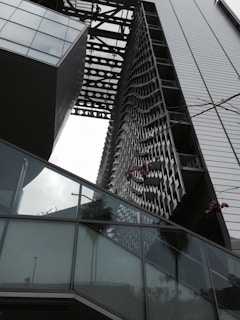
This abstract proposes that architectural facade design over the last 60 years has convulsed in light of two disruptions: air spaces which create

Providing a unique and integral cladding/envelope solution suited for high-rise buildings has been an inherent challenge for this building typology
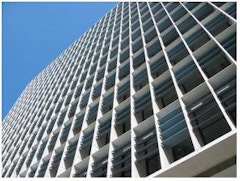
Exterior shading devices, when typically used, are horizontal planes that are most effective at the south face of buildings in the northern

Complex freeform architectural enclosures are becoming increasingly popular and easy to model and design with the help of modern computational tools.

During the particularly cold first months of 1977 President Jimmy Carter, in what some call “The Sweater Speech,” famously noted how much energy

A building’s envelope mitigates the effects of meteorological phenomena – including lightning – upon the structure and its occupants and contents.

There is no doubting the longevity of stainless steel building facades. The Chrysler Building and numerous buildings that followed have stood the

Aesthetic and technical capabilities of facade design have become seemingly endless as building technologies progress. While the capacity to address


